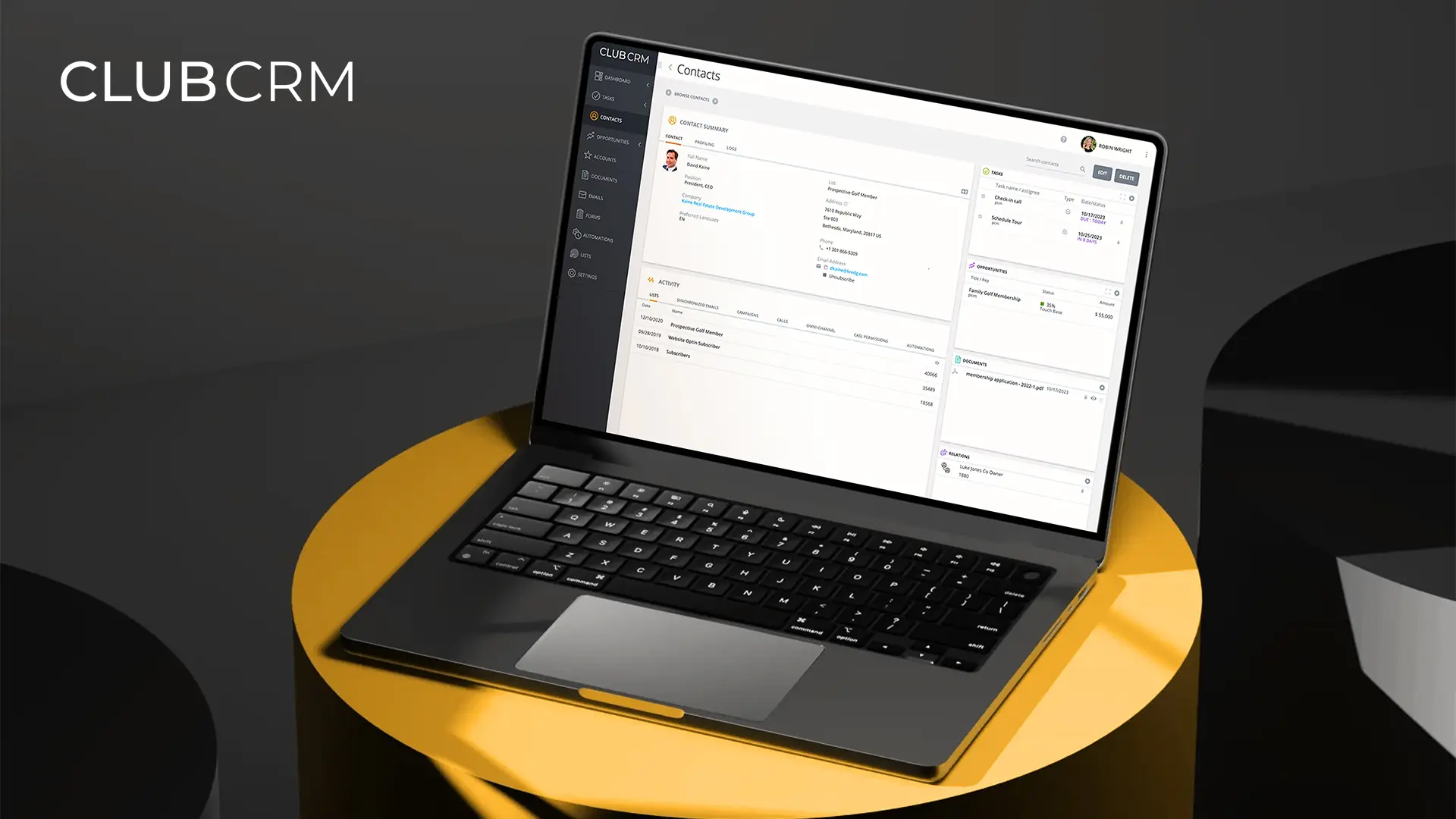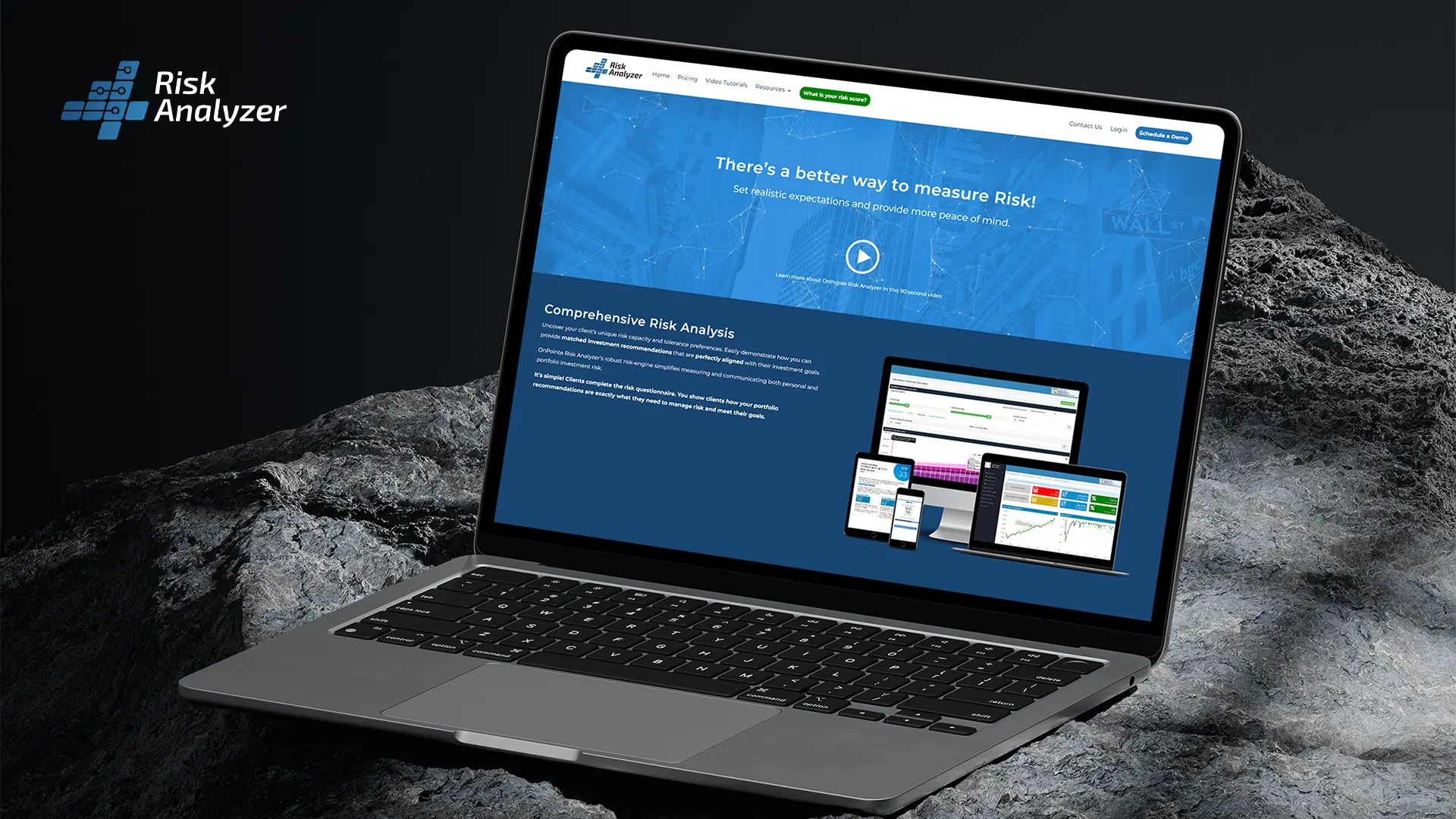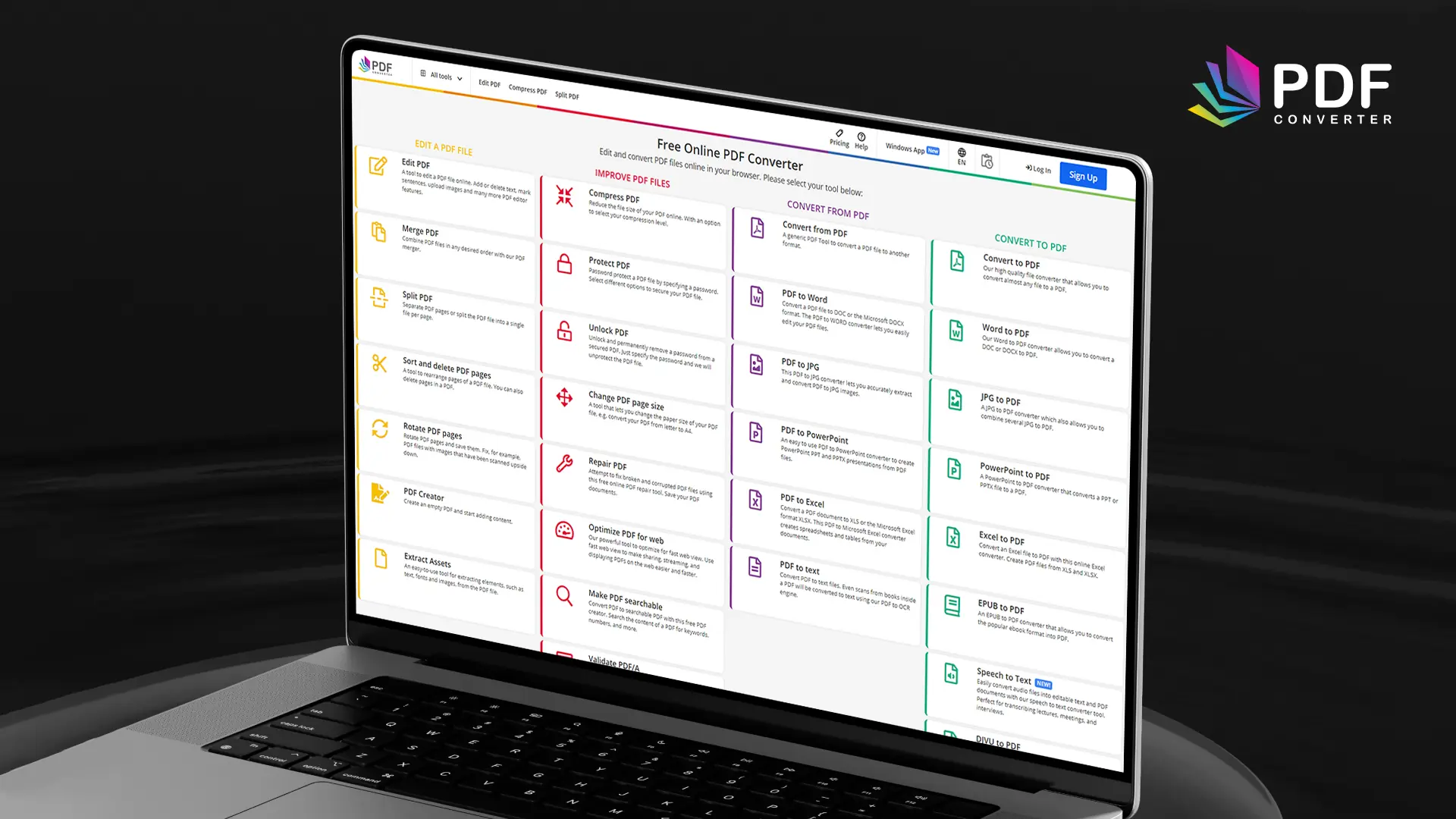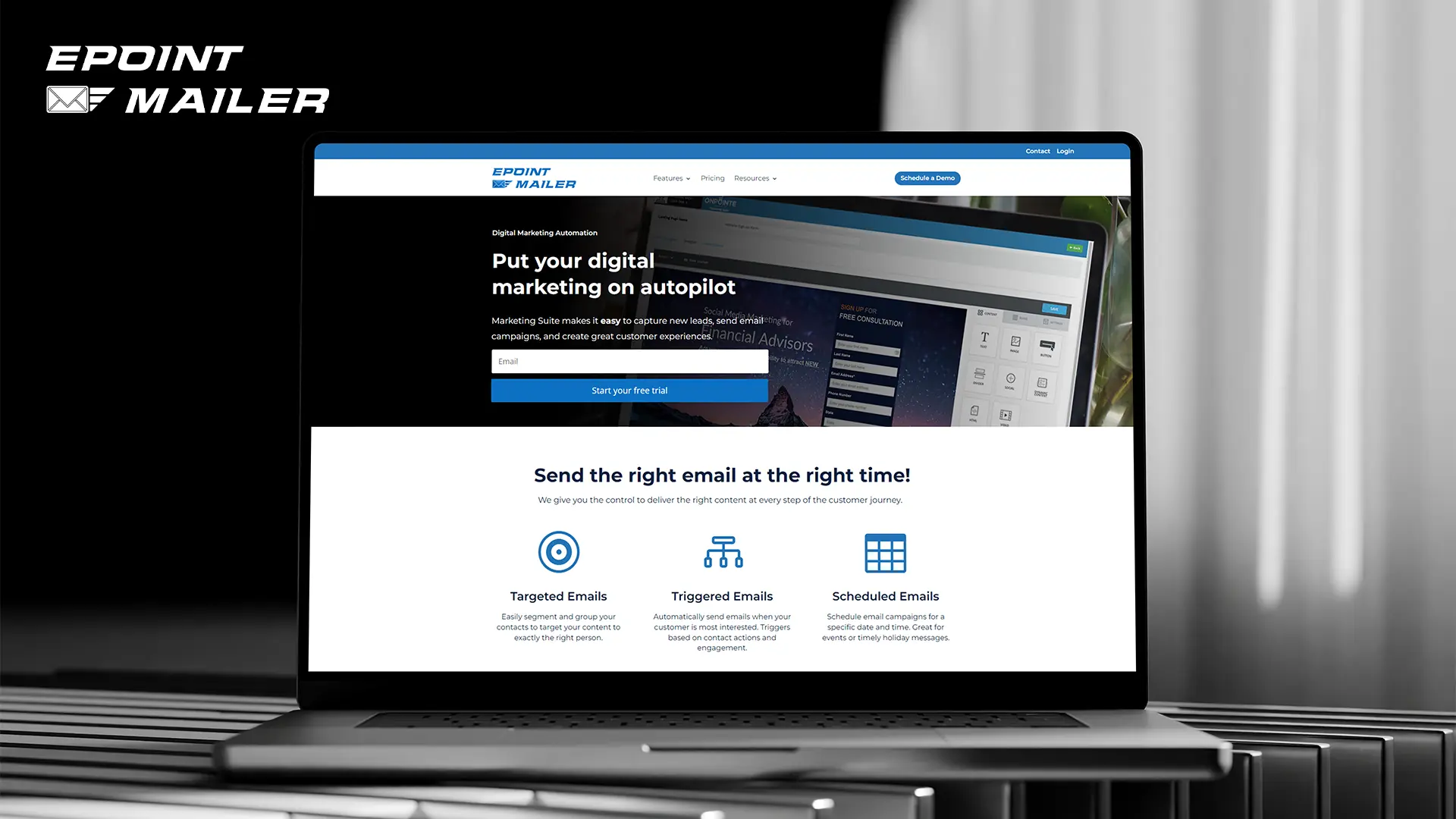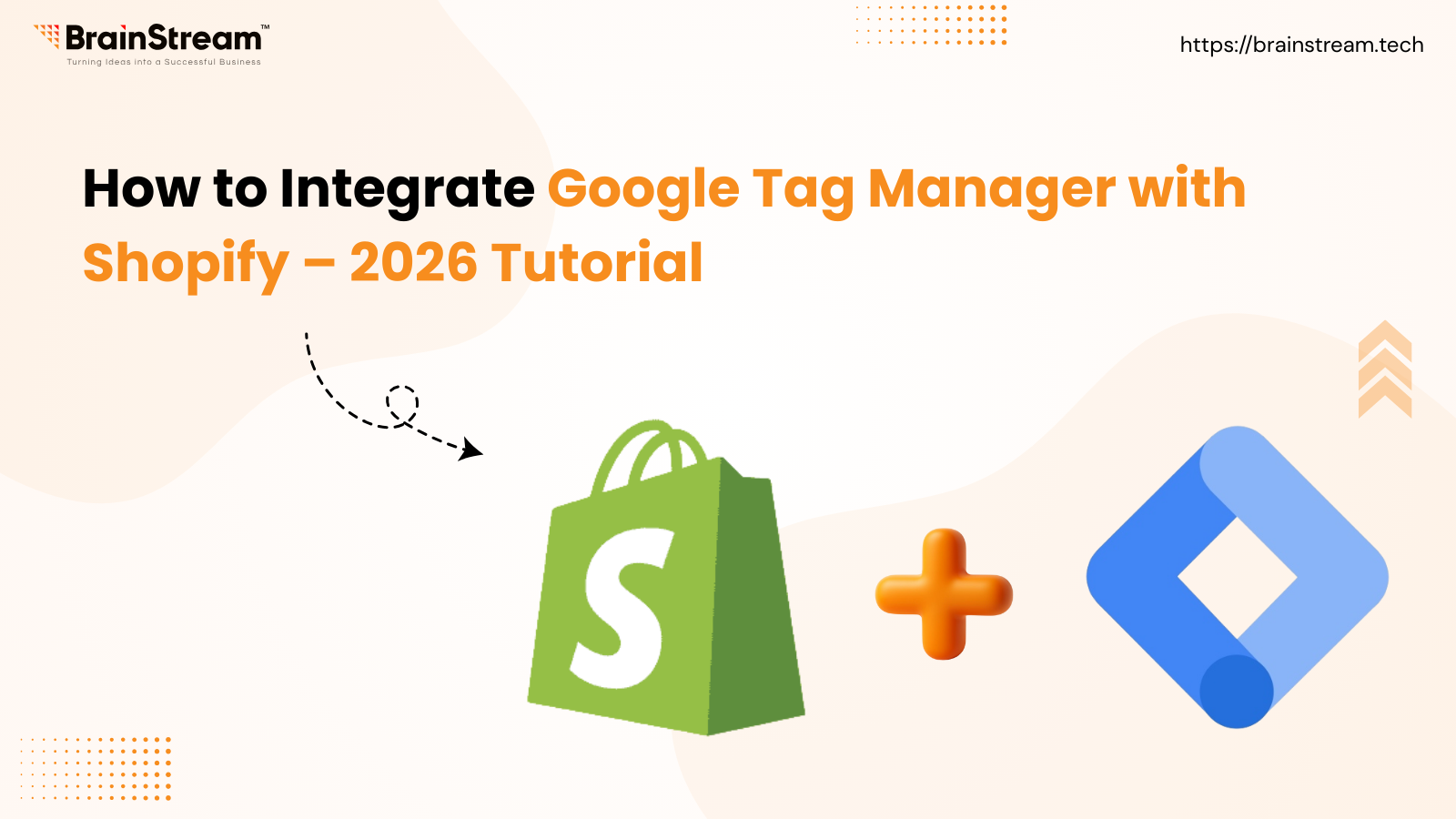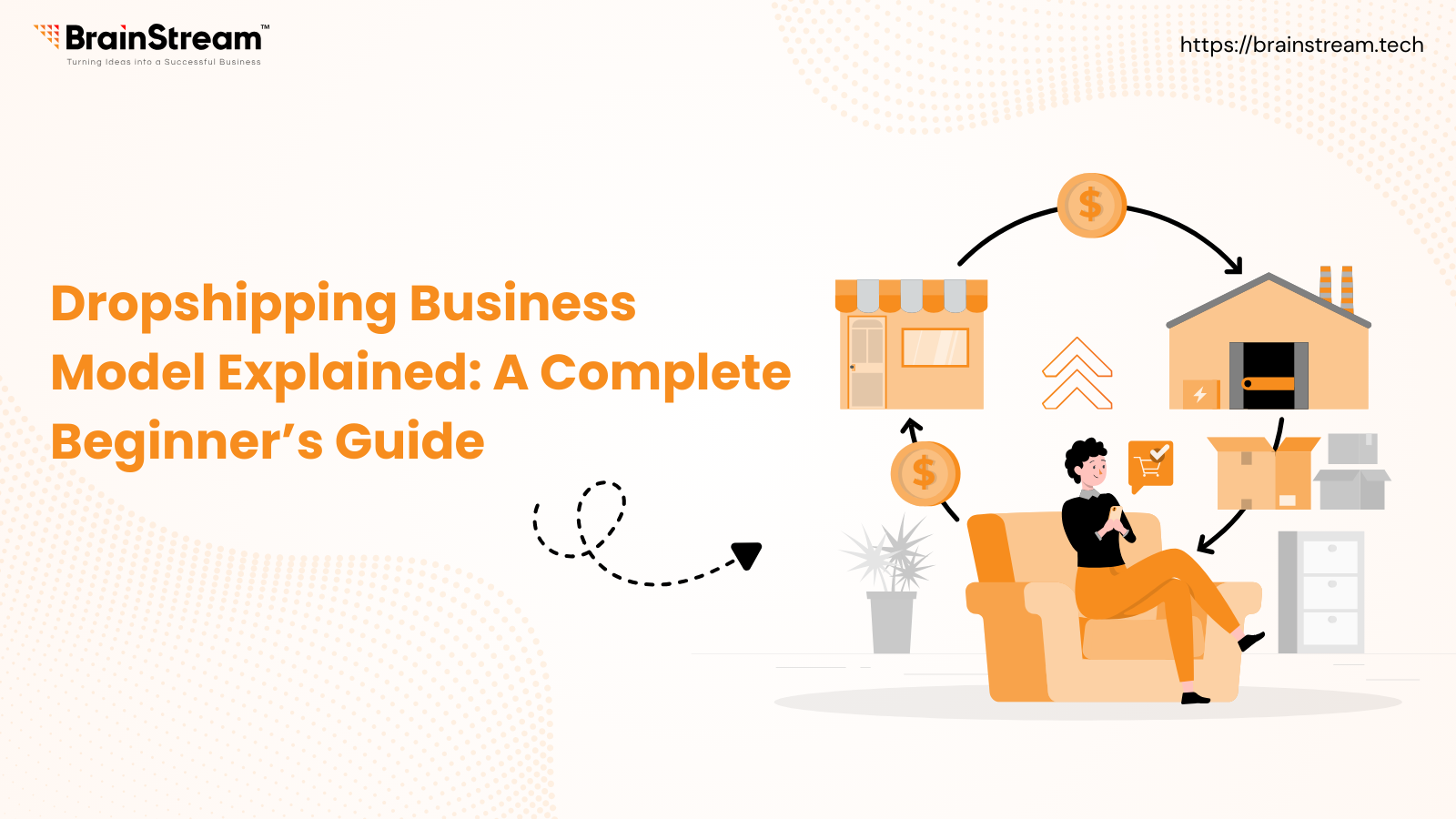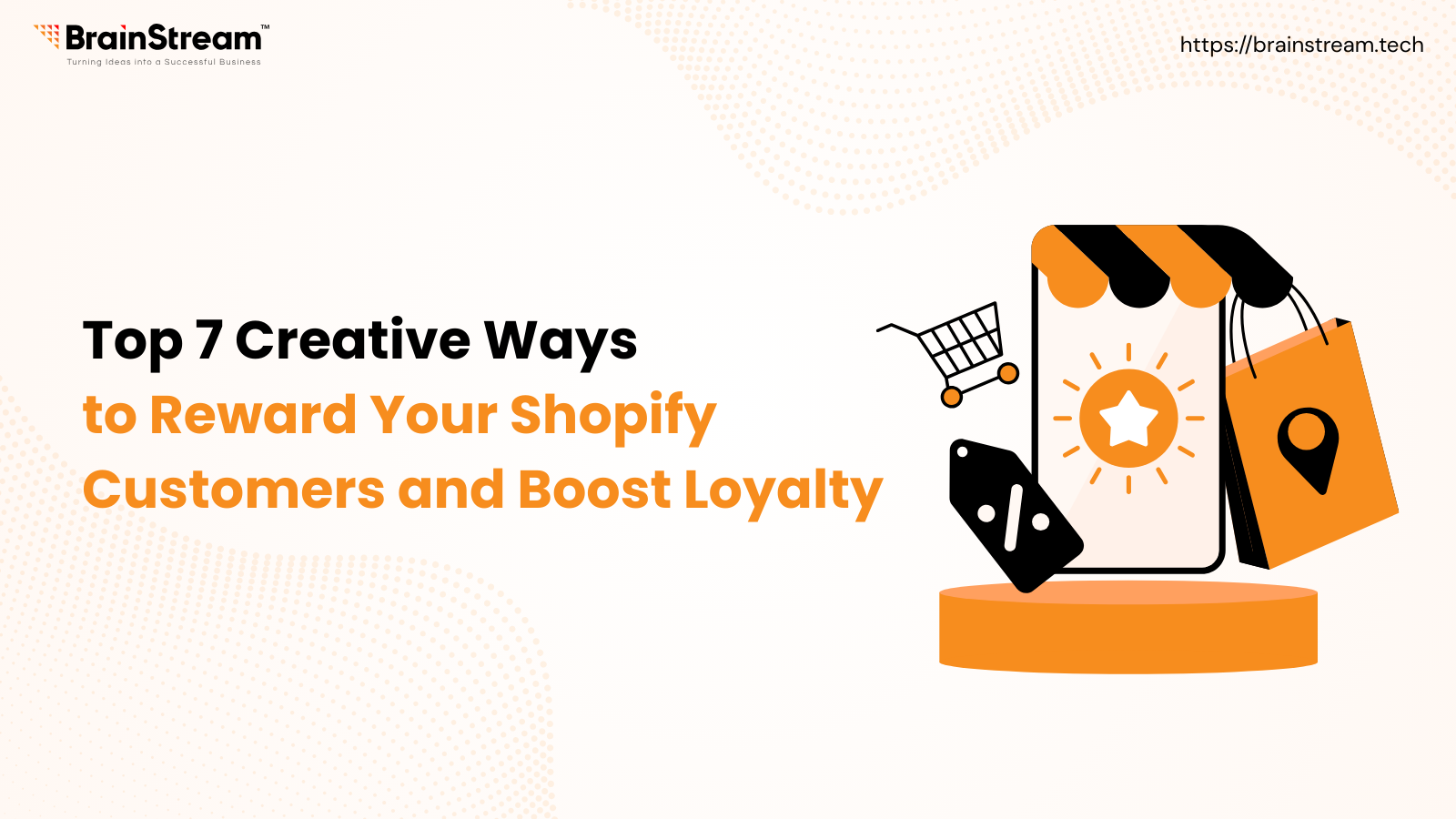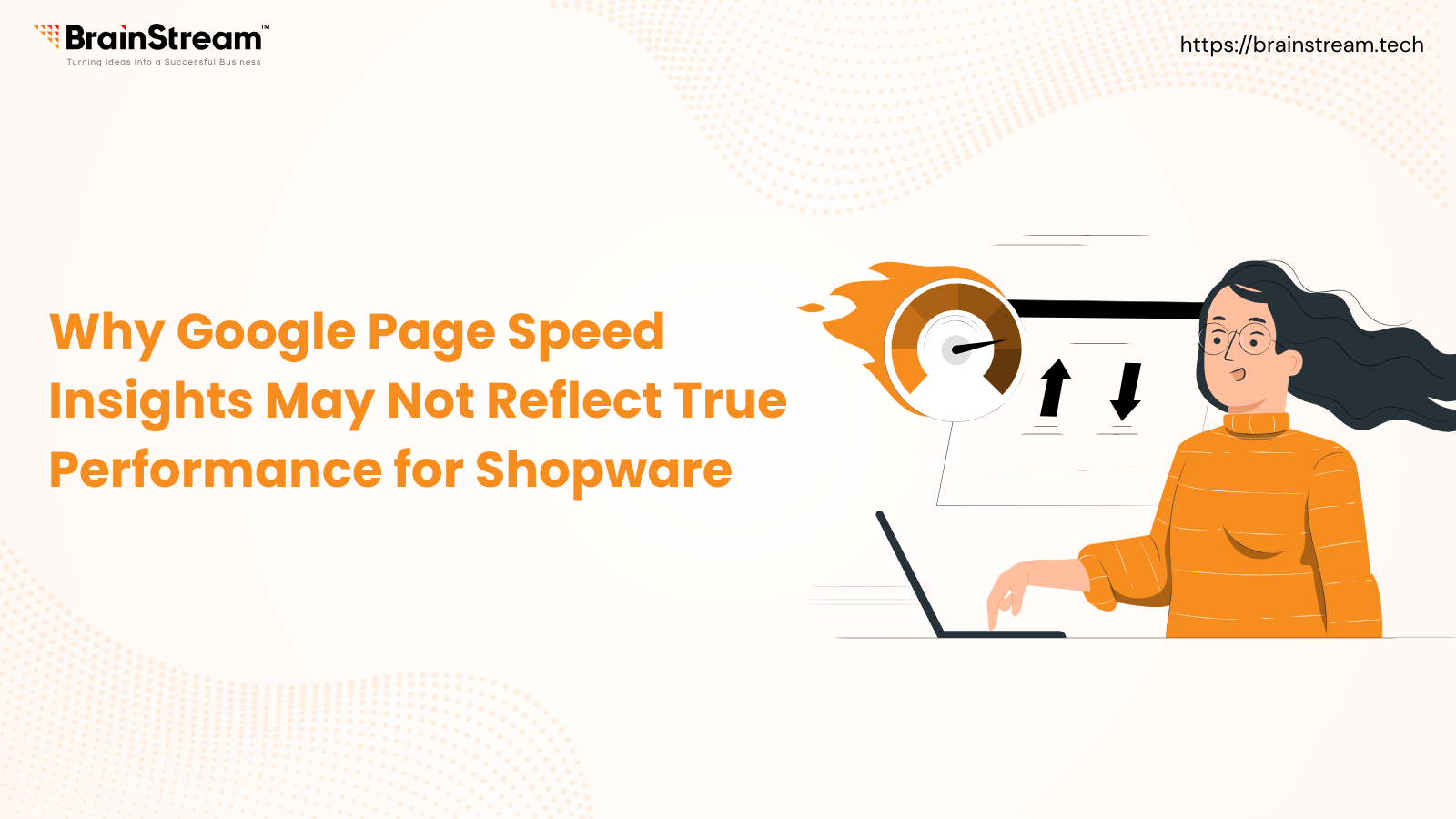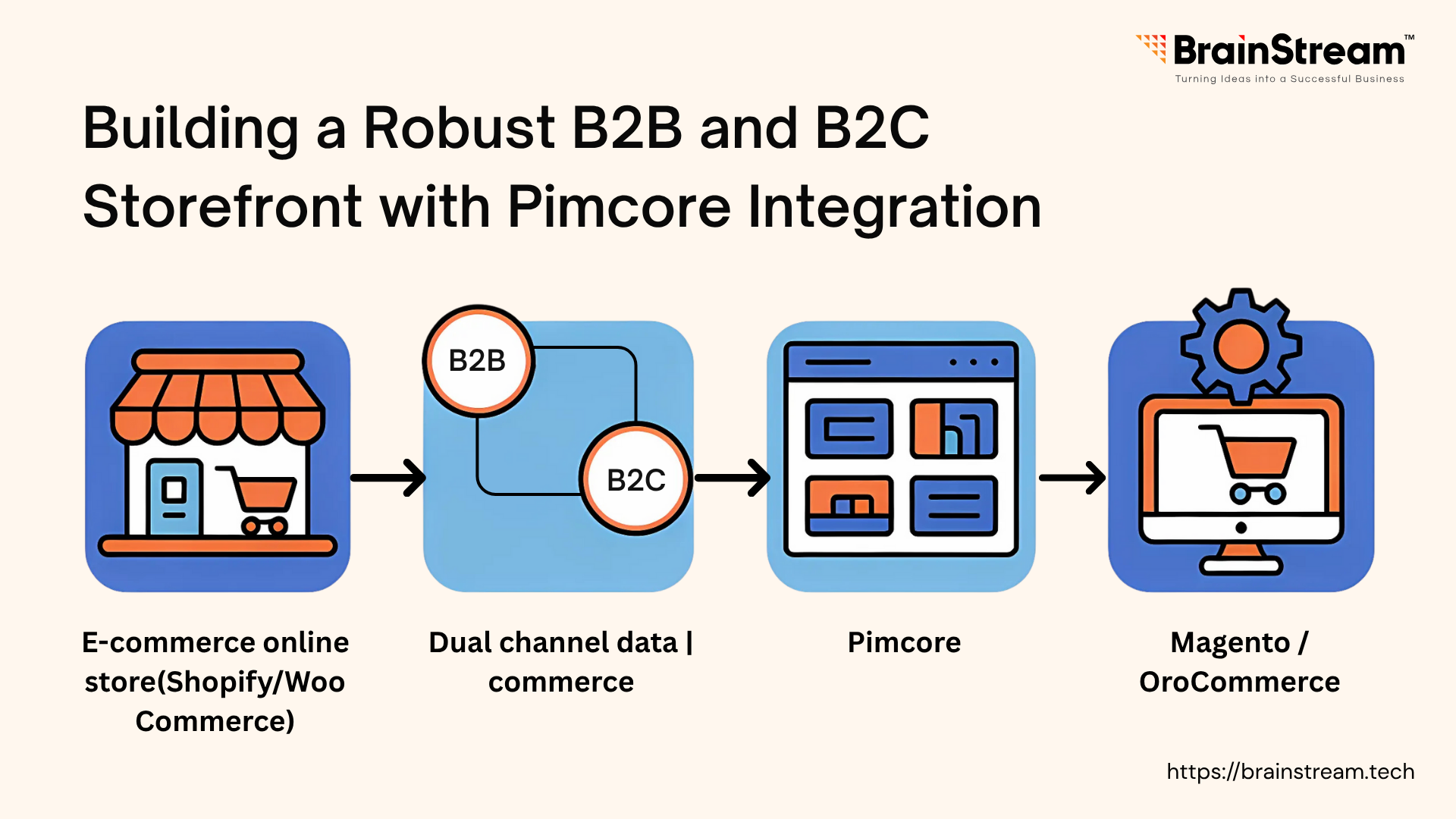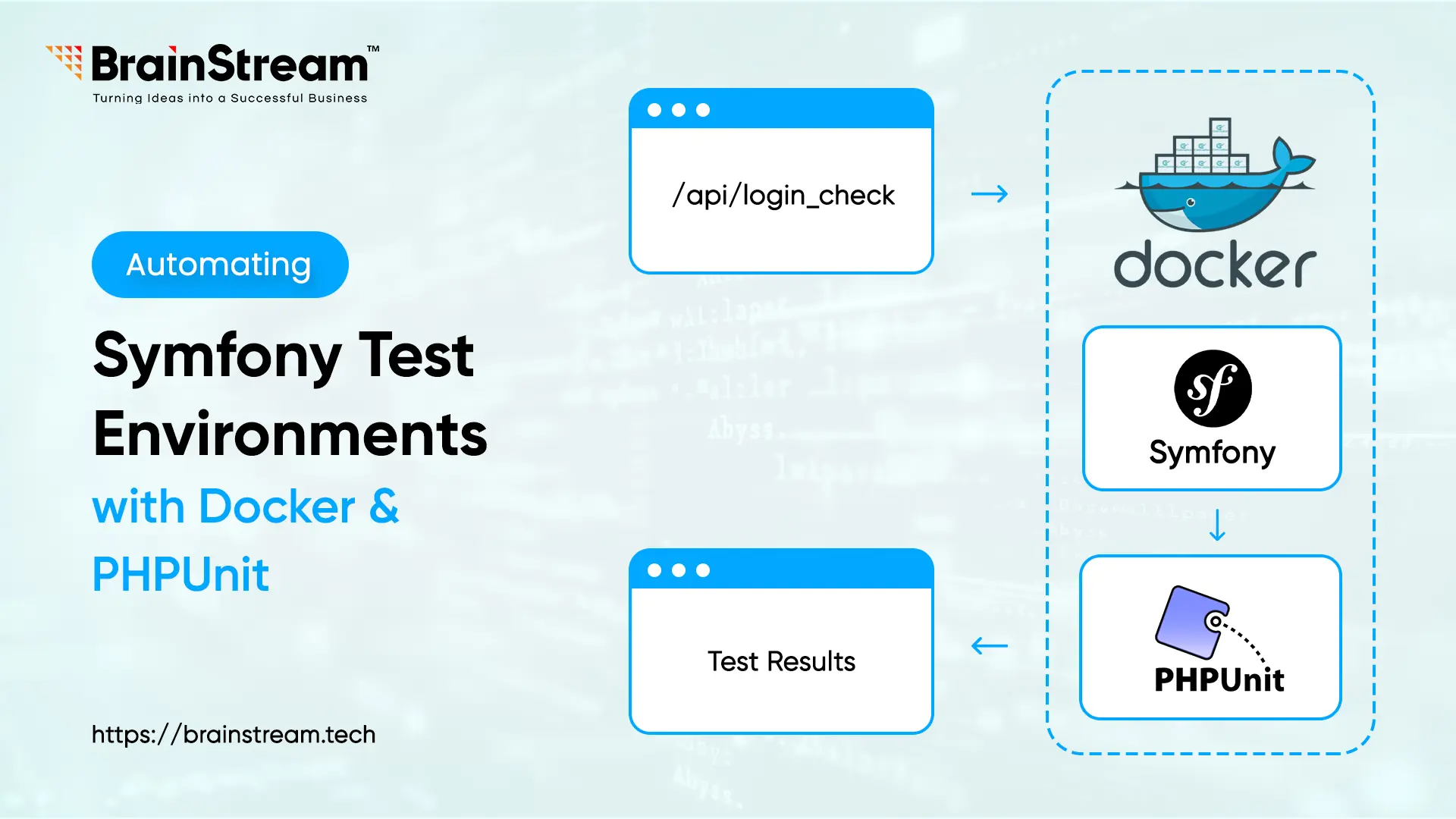
Summary:
Learn how to create a REST API in Symfony 7.2 with a /api/users/{id} endpoint, document it using OpenAPI YAML, and integrate Swagger UI using nelmio/api-doc-bundle. This beginner-friendly guide walks you through a clean, hybrid setup from scratch.
June 5, 2025
This guide shows you how to build your first REST API endpoint (/api/users/{id}) in Symfony 7.2, document it with OpenAPI YAML, and integrate Swagger UI for interactive testing. Using nelmio/api-doc-bundle and a hybrid approach, we’ll keep code clean, generate openapi.yaml, and set up docs with minimal effort. Follow these steps from scratch to create a fully documented API!
Prerequisites
- PHP 8.2+
- MySQL 8.0.42
- Composer
- Symfony CLI
- Node.js and npm (for Swagger UI)
Step 1: Create the Symfony Project
Create a new Symfony project:
composer create-project symfony/skeleton brainstream_symfony7_api_demo cd brainstream_symfony7_api_demo
Install required packages:
composer require symfony/orm-pack symfony/maker-bundle nelmio/api-doc-bundle:^5.3 doctrine/doctrine-fixtures-bundle
Configure your MySQL database in .env.local
Add below line,
DATABASE_URL="mysql://user:your_secure_password@localhost:3306/brainstream_symfony7_api_demo?serverVersion=8.0&charset=utf8mb4" Create the database: Run command php bin/console doctrine:database:create
Step 2: Create the User Entity
Generate a User entity with id, name, and email:
Run command php bin/console make:entity User
- Set name (string, not nullable).
- Set email (string, not nullable).
// entity src/Entity/User.php content
<?php
// src/Entity/User.php
namespace App\Entity;
use Doctrine\ORM\Mapping as ORM;
#[ORM\Entity]
#[ORM\Table(name: 'user')]
class User
{
#[ORM\Id]
#[ORM\GeneratedValue]
#[ORM\Column]
private ?int $id = null;
#[ORM\Column]
private string $name;
#[ORM\Column]
private string $email;
public function getId(): ?int
{
return $this->id;
}
public function getName(): string
{
return $this->name;
}
public function setName(string $name): self
{
$this->name = $name;
return $this;
}
public function getEmail(): string
{
return $this->email;
}
public function setEmail(string $email): self
{
$this->email = $email;
return $this;
}
}
Generate and apply migrations:
php bin/console make:migration
php bin/console doctrine:migrations:migrate
Step 3: Add Sample Data with Fixtures
Create a fixture to insert a sample user.
// Add below content in it
<?php
// src/DataFixtures/AppFixtures.php
namespace App\DataFixtures;
use App\Entity\User;
use Doctrine\Bundle\FixturesBundle\Fixture;
use Doctrine\Persistence\ObjectManager;
class AppFixtures extends Fixture
{
public function load(ObjectManager $manager): void
{
$user = new User();
$user->setName('Jan Dox');
$user->setEmail('jan@example.com');
$manager->persist($user);
$manager->flush();
}
}
Load the fixture:
php bin/console doctrine:fixtures:load --no-interaction, This creates a user with id=1.
Step 4: Build the API Endpoint
Create a controller for /api/users/{id}:
//Create UserController, Add below content in it
<?php
// src/Controller/UserController.php
namespace App\Controller;
use App\Entity\User;
use OpenApi\Attributes as OA;
use Symfony\Component\HttpFoundation\JsonResponse;
use Symfony\Component\Routing\Annotation\Route;
class UserController
{
#[Route('/api/users/{id}', methods: ['GET'])]
#[OA\Tag(name: 'Users')]
public function getUser(User $user): JsonResponse
{
return new JsonResponse([
'id' => $user->getId(),
'name' => $user->getName(),
'email' => $user->getEmail(),
]);
}
}
The #[OA\Tag] tags the endpoint for Swagger UI.
Step 5: Configure OpenAPI Documentation
Define API details in config/packages/nelmio_api_doc.yaml as below.
documentation:
info:
title: Brainstream Symfony API
version: 1.0.0
paths:
/api/users/{id}:
get:
summary: Get user by ID
parameters:
- name: id
in: path
required: true
schema:
type: integer
responses:
'200':
description: User details
content:
application/json:
schema:
$ref: '#/components/schemas/User'
'404':
description: User not found
components:
schemas:
User:
type: object
properties:
id: { type: integer }
name: { type: string }
email: { type: string }
example:
id: 1
name: Jan Dox
email: jan@example.com
areas:
path_patterns: ['^/api']
models:
names:
- { alias: User, type: App\Entity\User }
Step 6: Generate OpenAPI YAML
Generate openapi.yaml:
mkdir -p public/docs
php bin/console nelmio:apidoc:dump --format=yaml > public/docs/openapi.yaml
Automate in composer.json, add below to scripts block.
"scripts": {
"generate-docs": "php bin/console nelmio:apidoc:dump --format=yaml > public/docs/openapi.yaml"
}
Run: composer generate-docs
The generated openapi.yaml looks like:
openapi: 3.0.0
info:
title: 'Brainstream Symfony API'
version: 1.0.0
paths:
'/api/users/{id}':
get:
tags:
- Users
summary: 'Get user by ID'
parameters:
- name: id
in: path
required: true
schema:
type: integer
responses:
'200':
description: 'User details'
content:
application/json:
schema:
$ref: '#/components/schemas/User'
'404':
description: 'User not found'
components:
schemas:
User:
required:
- id
- name
- email
properties:
id:
type: integer
name:
type: string
email:
type: string
type: object
example:
id: 1
name: 'Jan Dox'
email: jan@example.com
tags:
- name: Users
Step 7: Set Up Swagger UI
Install Swagger UI via npm:
npm install swagger-ui-dist
Copy the dist folder to public/docs:
cp -r node_modules/swagger-ui-dist/* public/docs/
Update public/docs/index.html:
Replace the url in SwaggerUIBundle:
const ui = SwaggerUIBundle({
url: "/docs/openapi.yaml",
dom_id: '#swagger-ui',
presets: [
SwaggerUIBundle.presets.apis,
SwaggerUIStandalonePreset
],
layout: "StandaloneLayout"
});
Note: If Node.js isn’t installed, download the Swagger UI tarball from https://github.com/swagger-api/swagger-ui/releases/tag/v5.17.14, extract it, and copy the dist folder to public/docs.
Create a /docs route:
// Add below content in it
<?php
// src/Controller/DocsController.php
namespace App\Controller;
use Symfony\Component\HttpFoundation\Response;
use Symfony\Component\Routing\Annotation\Route;
class DocsController
{
#[Route('/docs', name: 'api_docs')]
public function index(): Response
{
return new Response(file_get_contents(__DIR__ . '/../../public/docs/index.html'));
}
}
Clear symfony cache: php bin/console cache:clear
Start the symfony internal server: symfony server:start
Visit https://127.0.0.1:8000/docs to see Swagger UI. Test /api/users/{id} with id=1 which will give you the below json response.
{"id":1,"name":"Jan Dox","email":"jan@example.com"}Conclusion
You’ve built and documented your first REST API endpoint in Symfony 7.2! This hybrid approach generates clear OpenAPI docs, powering Swagger UI. Try adding more endpoints and share your API confidently!
Related Blog
Symfony
Symfony Behind the Scenes: Understanding the Kernel Lifecycle
Symfony combines a disciplined architecture with tools that prioritize developer happiness and efficiency. But what actually happens when someone hits your website? This article takes you behind the curtain of a Symfony application. You’ll see how a simple index.php file...
eCommerce Development
Building a Robust B2B and B2C Storefront with Pimcore Integration
Pimcore combines several essential tools into one platform: Product Information Management (PIM), Digital Asset Management (DAM), Content Management (CMS), and e-commerce functionality. This open-source solution helps businesses manage their product data and digital assets from a central location. Many companies...
Symfony
Automating Symfony Test Environments with Docker and PHPUnit
Testing and setting Symfony API applications may be awfully challenging to control in case different environments set up with manual management, and it takes a lot of time to establish databases and set up configuration again. Docket proposes a solution...

Keep up-to-date with our newsletter.
Sign up for our newsletter to receive weekly updates and news directly to your inbox.
